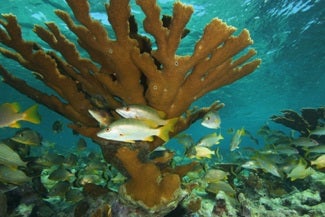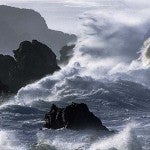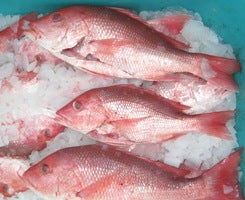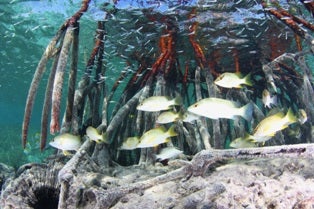Hats off to CBS for the recent “60 Minutes” segment on the coral reefs of the “Gardens of the Queen” (Jardines de la Reina) in Cuba!
The Gardens of the Queen is a spectacular national park off the south central coast of Cuba. EDF has had the privilege of working with Cuban scientists and resource managers in the park for several years. Just this past November we teamed up with Cuban partners there to host an international workshop on fisheries management and marine protected areas. In 2012 we will partner with Cuban scientists to study the benefits on fish populations from restricting most fisheries inside the park.
The 60 Minutes piece highlights the good work Cubans are doing to protect marine ecosystems and the challenges that lie ahead. I was especially impressed with the work of CBS producer Anya Bourg to ensure that the piece was rigorous – as much as possible – in its treatment of complex scientific issues. Explaining complicated and often subtle relationships in plain and compelling language is a real feat!
For the most part, 60 Minutes got it right. Let me expand on two key themes from the piece, based on work we are doing with Cuban scientists to help understand the lessons from the Gardens of the Queen. Read More














